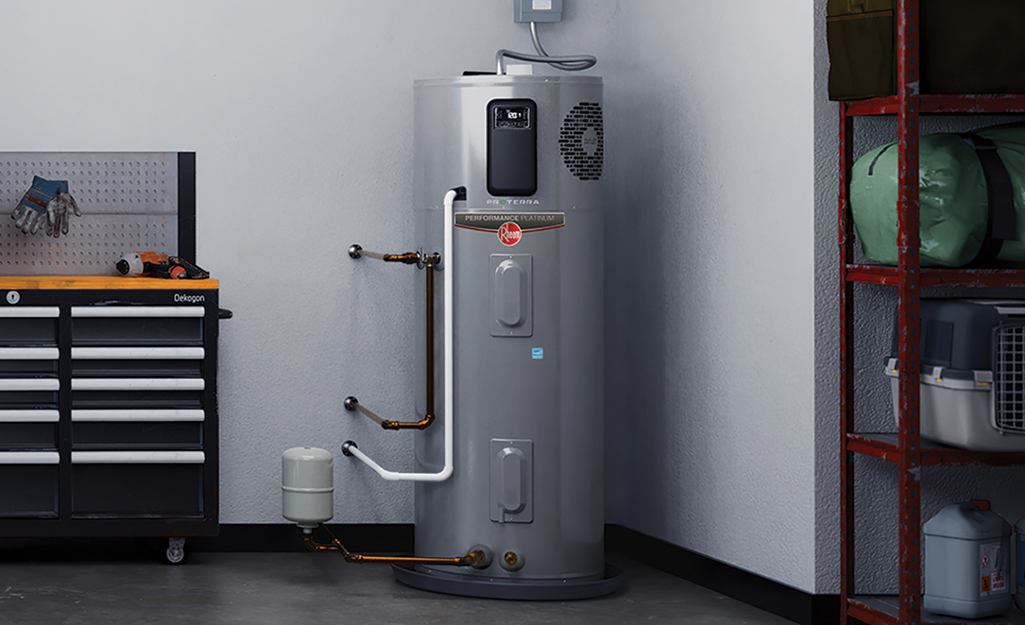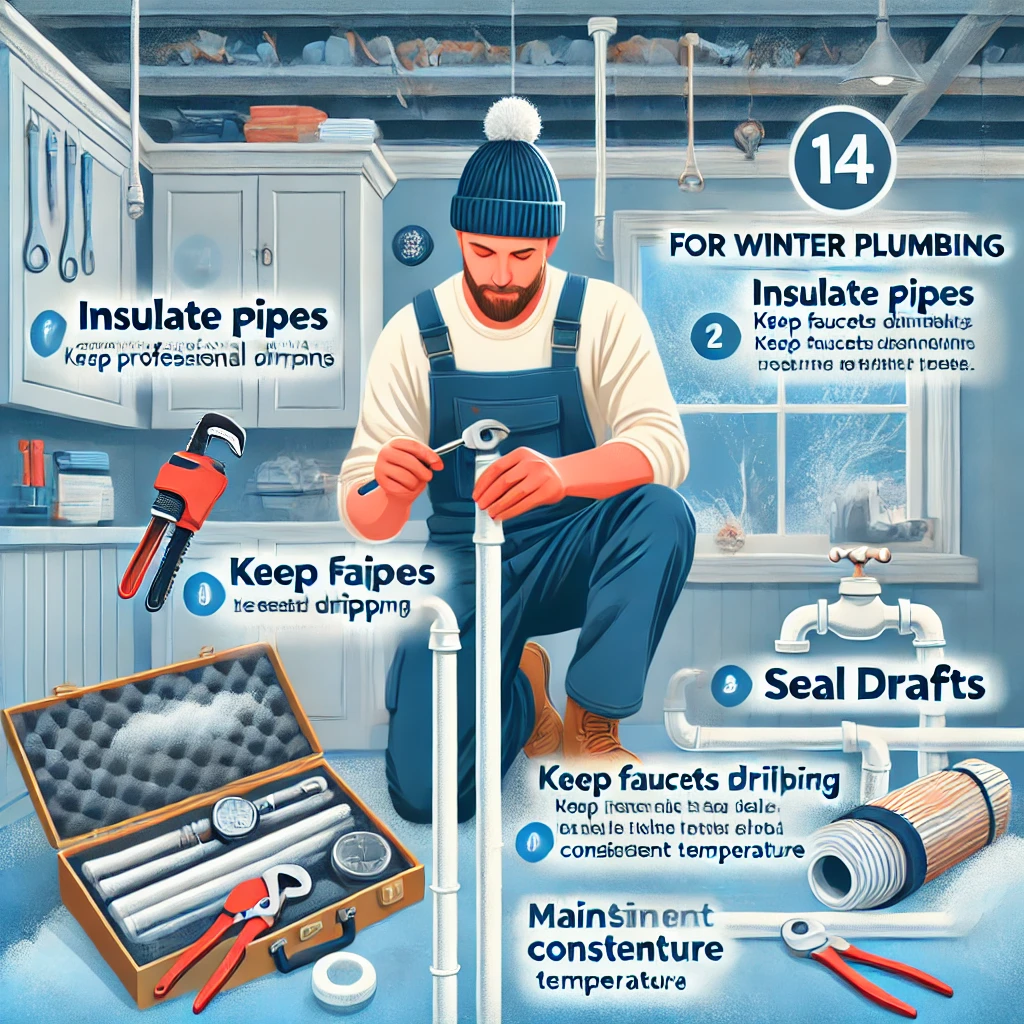When it comes to plumbing, selecting the right material for your home’s water supply lines is essential for a system that is durable, safe, and efficient. The two most common materials used today are copper and PEX (cross-linked polyethylene), each with its own advantages and limitations. This guide delves into the properties, pros, and cons of copper and PEX piping, helping you make an informed choice that best suits your home’s needs.
1. Overview of Copper and PEX Plumbing
Both copper and PEX piping have become industry standards for residential plumbing. Copper has been used for decades and is valued for its durability, strength, and reliability. PEX, a relative newcomer, has gained popularity over the past few decades thanks to its flexibility, ease of installation, and cost-effectiveness.
- Copper: Known for its longevity and resilience, copper pipes are typically rigid and have high heat resistance. Copper also has natural antimicrobial properties, which can reduce bacteria growth in water lines.
- PEX: Made of flexible plastic, PEX pipes are resistant to both freezing and corrosion. PEX’s flexibility allows for easy installation and fewer fittings, which can reduce installation time and costs.
2. Advantages of Copper Pipes
Copper pipes have stood the test of time and continue to be a reliable choice for many homeowners. Some of the main benefits of copper include:
- Durability: Copper pipes can last over 50 years if well-maintained. They are highly resistant to cracking, bursting, and weather changes, which makes them ideal for long-term installations.
- Heat Resistance: Copper pipes can handle high temperatures without deformation, making them suitable for both hot and cold water lines. This heat resistance also means that copper can be used in exposed areas without worrying about melting or warping.
- Natural Antimicrobial Properties: Copper’s antimicrobial properties can inhibit the growth of bacteria, providing an added layer of protection for drinking water.
- Recyclability: Copper is a recyclable material, which makes it an environmentally friendly option. When copper pipes are eventually replaced, the material can be repurposed rather than discarded.
- High Resale Value: Homes with copper plumbing can appeal more to buyers who prefer traditional, long-lasting materials. The established reputation of copper can add perceived value to a home.
However, copper is not without its drawbacks. It is more costly than PEX and can be labor-intensive to install due to its rigidity, which requires more fittings and cutting tools for complex layouts.
3. Advantages of PEX Pipes
PEX pipes are a modern alternative to copper and have quickly gained favor for their flexibility and ease of use. Key advantages of PEX piping include:
- Cost-Effectiveness: PEX is significantly more affordable than copper in both material and labor costs. Its flexibility allows for easier and quicker installation, which translates to lower labor expenses.
- Ease of Installation: PEX’s flexibility means fewer fittings and connections, which reduces the risk of leaks and makes installation easier in tight spaces. Unlike copper, which requires soldering, PEX connections are often made with simple push-fit or crimp connectors, reducing the need for specialized tools.
- Resistance to Corrosion and Scaling: PEX is resistant to corrosion, which is beneficial for homes with acidic water that may erode copper pipes. Additionally, PEX does not experience mineral scaling, a common issue with metal pipes in areas with hard water.
- Freeze Resistance: While no pipe is entirely freeze-proof, PEX’s flexibility allows it to expand and contract in freezing temperatures, reducing the risk of bursting.
- Lower Thermal Conductivity: PEX does not conduct heat as effectively as copper, which means it loses less heat when carrying hot water. This can translate into improved energy efficiency and lower utility costs.
Despite these benefits, PEX also has some limitations. It is not as well-suited for outdoor applications, as prolonged exposure to sunlight can degrade the material. Additionally, PEX does not have the same lifespan as copper and is still relatively new, so its long-term durability is not as well established.
4. Drawbacks of Copper and PEX
Both copper and PEX have potential disadvantages that may affect your choice depending on your specific situation.
Copper Drawbacks:
- Higher Cost: Copper is one of the more expensive materials for plumbing pipes, and its cost fluctuates due to market prices for metal. This can make copper piping cost-prohibitive for larger projects.
- Labor-Intensive Installation: Installing copper pipes requires more fittings and specific tools for cutting and soldering, making it a longer and more complex installation process.
- Susceptible to Corrosion in Acidic Water: Copper can corrode in water with a low pH, which is an issue in some areas with acidic water supplies. In such cases, homeowners may need water treatment systems to prevent corrosion.
PEX Drawbacks:
- Limited UV Resistance: PEX is vulnerable to UV damage, which means it should not be used in exposed outdoor applications or areas with direct sunlight.
- Lower Heat Tolerance: PEX is not as heat-resistant as copper, which limits its use in high-temperature applications or areas near heat sources, such as water heaters without specific temperature limits.
- Not Recyclable in All Areas: PEX is not as easily recyclable as copper, which may be a consideration for environmentally conscious homeowners.
5. Choosing Between Copper and PEX for Your Home
Your choice between copper and PEX will depend on factors like budget, installation location, and personal preferences. Here are some considerations:
- Budget: If you are working within a tight budget, PEX is the more economical choice. Its lower material and labor costs make it ideal for homeowners looking for cost savings.
- Location of Installation: For outdoor or exposed applications, copper may be a better choice because of its UV and heat resistance. However, for indoor plumbing where sunlight exposure is not an issue, PEX is a viable option.
- Water Quality: In areas with acidic water, copper pipes are more prone to corrosion. PEX, being corrosion-resistant, is often the better option in such cases.
- Aesthetic and Resale Value: Copper pipes, being a traditional material, can add perceived value to a home, especially among buyers who favor long-lasting materials. If resale value is a consideration, copper might offer an edge.
Conclusion
Both copper and PEX piping have their place in modern plumbing. Copper is durable, heat-resistant, and carries a reputation for longevity, making it ideal for homeowners who prioritize long-term reliability. PEX, on the other hand, is flexible, affordable, and easier to install, making it a popular choice for modern homes where cost-effectiveness and adaptability are top priorities.
Ultimately, the best material for your home will depend on a balance of budget, environmental conditions, and the specific demands of your plumbing system. Consulting a licensed plumber can also provide additional guidance, ensuring that your choice aligns with local building codes and long-term needs.






Leave a Reply